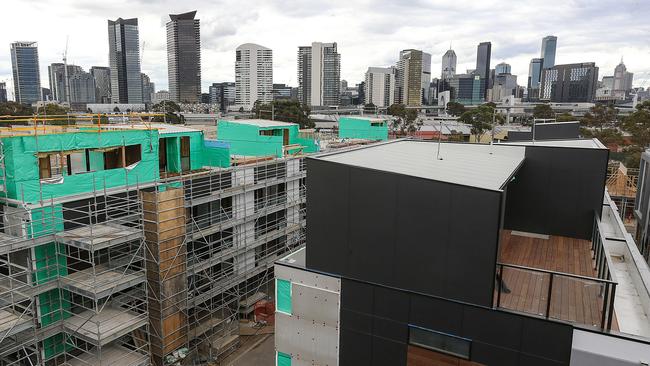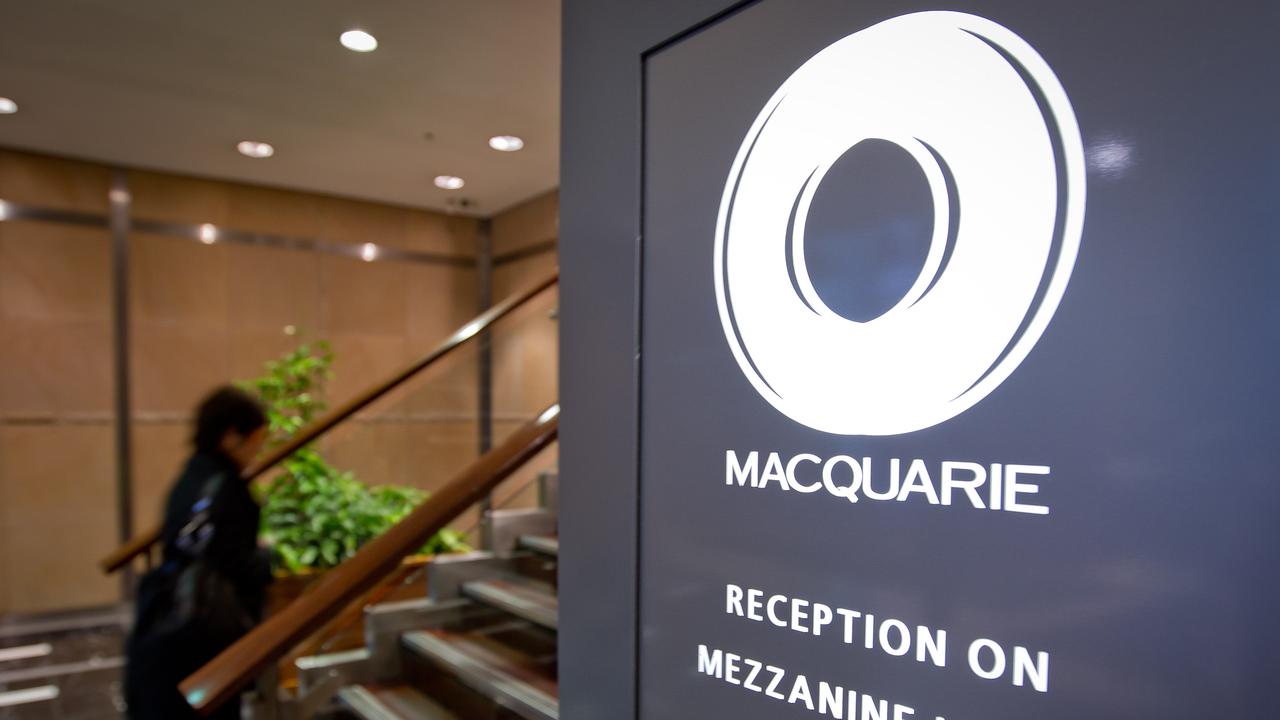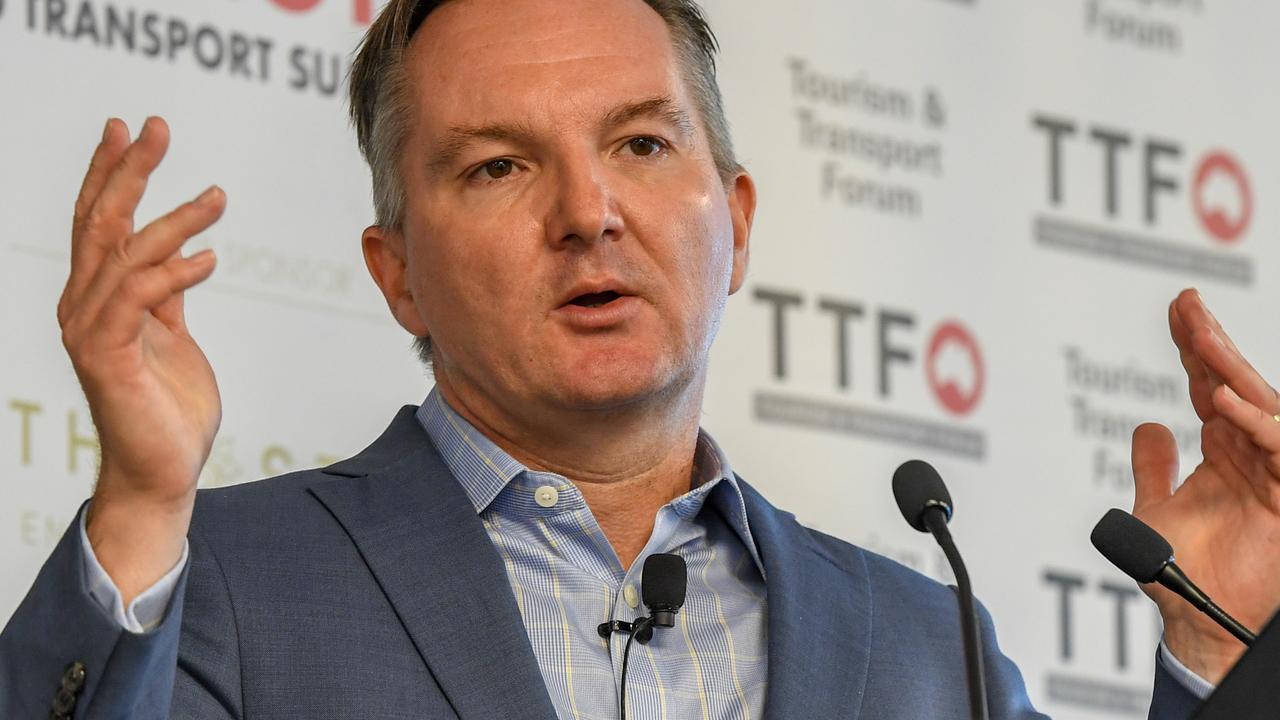
And because they are embarking on strategies that are new to them, if they are not very careful some of their actions may backfire and push prices even higher.
All three bodies are clearly worried that the latest set of dwelling price rises is setting Australia up for a bubble and a big fall. But people have been forecasting a dramatic fall in the Sydney residential market for many years and apart from a few dips it simply never happened.
Accordingly it is constructive to look at what is required to change the direction in residential property prices in Sydney and Melbourne.
There is no doubt that four forces have fuelled this boom — the combination of low interest rates and close to unlimited credit from banks; heavy Chinese buying; high population growth in Sydney and Melbourne and a shortage of supply mainly created by state and local governments.
To have all four of these powerful forces boosting prices at the same time made increases inevitable. So how do we reverse it?
Last year the Chinese pulled out of the off-the-plan apartment development market and it looked as though one of the above pillars had been removed.
But in 2017 Overseas Chinese came back to the off-the-plan market with a vengeance and local Chinese residents stepped up their buying.
That could change at any time but at this point the Chinese are not going to cause a reversal in the market, even though many of their brethren are having difficulty settling off-the-plan contracts signed three years ago. But that difficulty is mainly confined to Melbourne and particularly in small apartments in Melbourne. There are also some problems in Brisbane.
But the largest market, Sydney, is unaffected because the apartment prices are now higher than the Chinese off-the-plan purchase prices set two or three years ago. The population continues to rise in Melbourne and Sydney boosted by an unprecedented rise in student numbers, so the population price rise pressure is also still in place.
In New South Wales it looks as though the new government understands that its predecessors and the local councils have been a big factor in restricting supply and fuelling the boom. However it will take some time for there to be a change.
As things now stand only a few things can turn the market. The first is that a recognition by a great many couples that either in residential ownership or investment they are taking on huge debts.
Many know they are borrowing too much.
The basis on which they enter into these huge debt deals is that the dwelling price is going to rise and so if they buy a dwelling for $1.5 million they are banking on it going to $2 million just as the people who bought similar dwellings for $1 million are making a very large profit. This continued upward momentum is fantastic in a boom but if prices fall by 5 or 10 per cent it can work in reverse because the residential investors or buyers simply don’t see any urgency in getting into the market.
Moreover such a fall may have wiped out the equity of many homeowners, creating great angst.
An attitude change like that can be quite catastrophic for a market booming on high leverage, so an attitude change is the first force that can change direction.
And the most dangerous weapon to cause such an attitude change is a rise in interest rates.
Right now the regulator is encouraging the banks to increase interest rates on investor loans and is restricting the growth in those loans to 10 per cent.
At the same time they have stopped banks in lending 95 per cent of the valuation of a property. The minimum is now 90 per cent. There is speculation that it might go to 85 per cent.
The momentum in the market is so strong that small investor interest rate rises and valuation criteria rise are unlikely to turn house prices, especially in Sydney.
But the ingredients in the cocktail are very dangerous and if there is a miscalculation and interest rates are allowed to go too high and the squeeze on the amount of money that can be loaned into housing is too severe it can turn the market sharply.
And once the flower of confidence is destroyed it is hard to bring it back. The biggest danger is probably events in the US.
We also have a situation that the party at the head of the opinion polls, the ALP, wants to severely curtail negative gearing, which is the basis of investor lending. If they do win power and carry out their promise to limit negative gearing to new dwellings, in my view it will reduce prices. And the negative gearing lever would not want to be pulled at the same time as the other depressing levers were being pulled.
In simple terms Australians have borrowed to the hilt on housing. If for any reason interest rates were to rise by more than one per cent, in my view, we are heading to dangerous territory. If they rose by two per cent it would be very dangerous indeed.
Remember a 10 per cent fall in dwelling prices wipes out the equity of a large number of players in the housing market and it can completely turn the sentiment from a bullish mode to a bearish mode.
However there is inexperience among the regulators who are playing roulette with supply.
Traditionally it has been councils and state governments that have restricted supply via regulations.
Now banks are being told not to lend to most developers because it’s too risky. As a result the supply of dwellings, particularly apartments, is being restricted.
Interest rate rises would have a similar effect on the ability of developers to lift supply.
And remember, one of the reasons the Brisbane apartment market prices did not follow Sydney was the abundance of supply — it’s a powerful force restricting price hikes.
There are also two danger wildcards.
First — a further increase in energy prices will suck money out of the community and secondly a fear of war if the Koreans and the South China Sea situation gets worse.
Footnote: At the moment it’s a trickle but large outer suburban cottage builders tell me that people are leaving Sydney for Melbourne ----particularly Indian and Sri Lankan migrants who want to bring up a family with a lower mortgage burden. And others are choosing Brisbane and the Gold Coast. Sydney is not about to see a mass exodus but it could happen if salaries stay low and dwelling prices rise further.







We are experiencing an unprecedented campaign from the Reserve Bank, APRA and ASIC to try to reduce the price of dwellings in Sydney and, to a lesser extent, Melbourne.